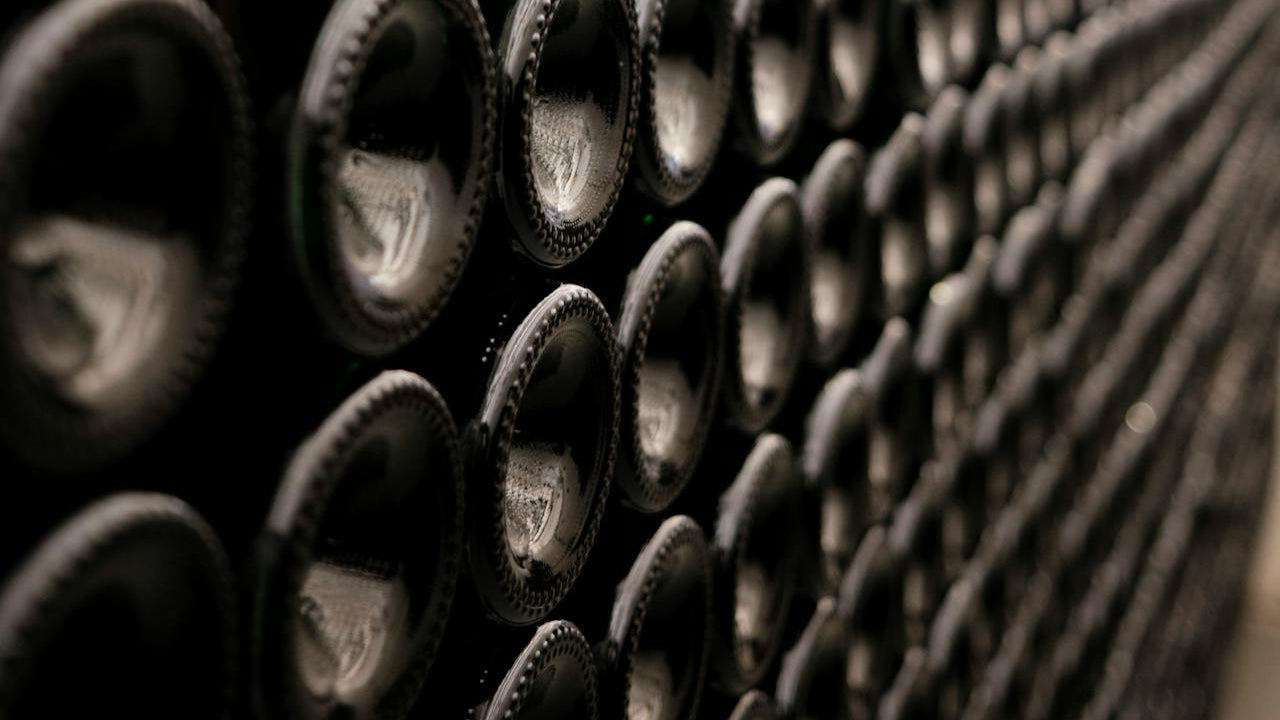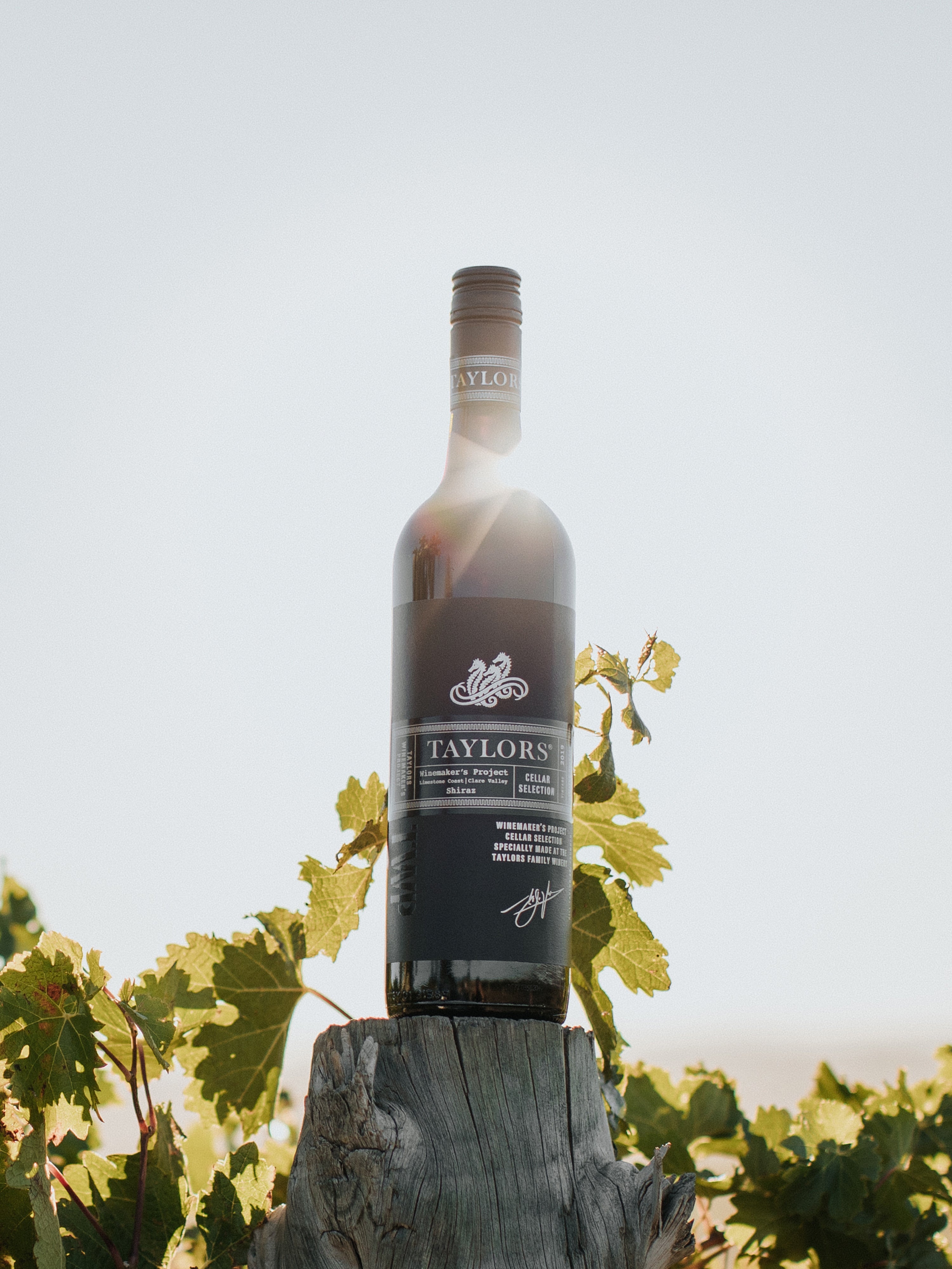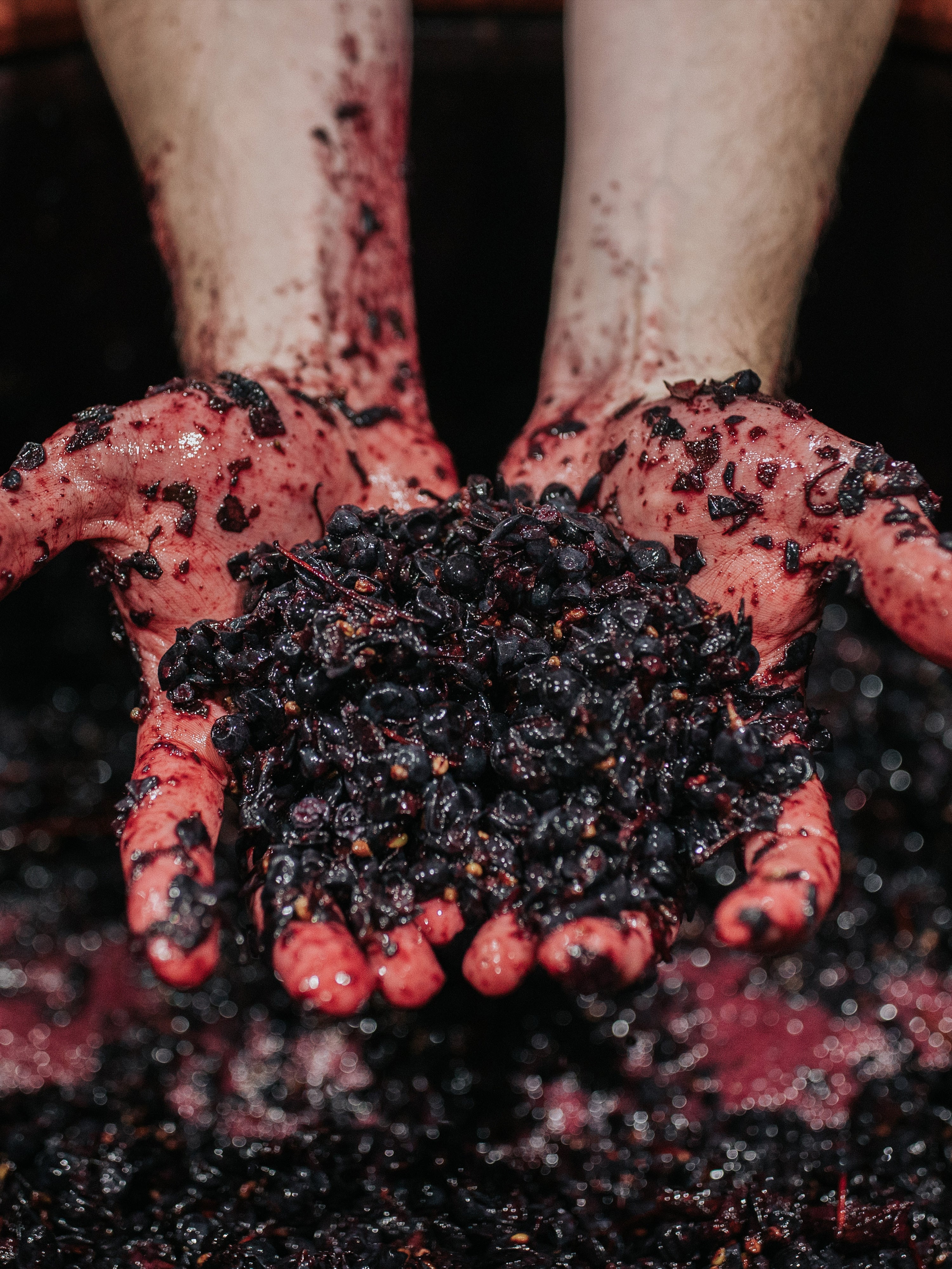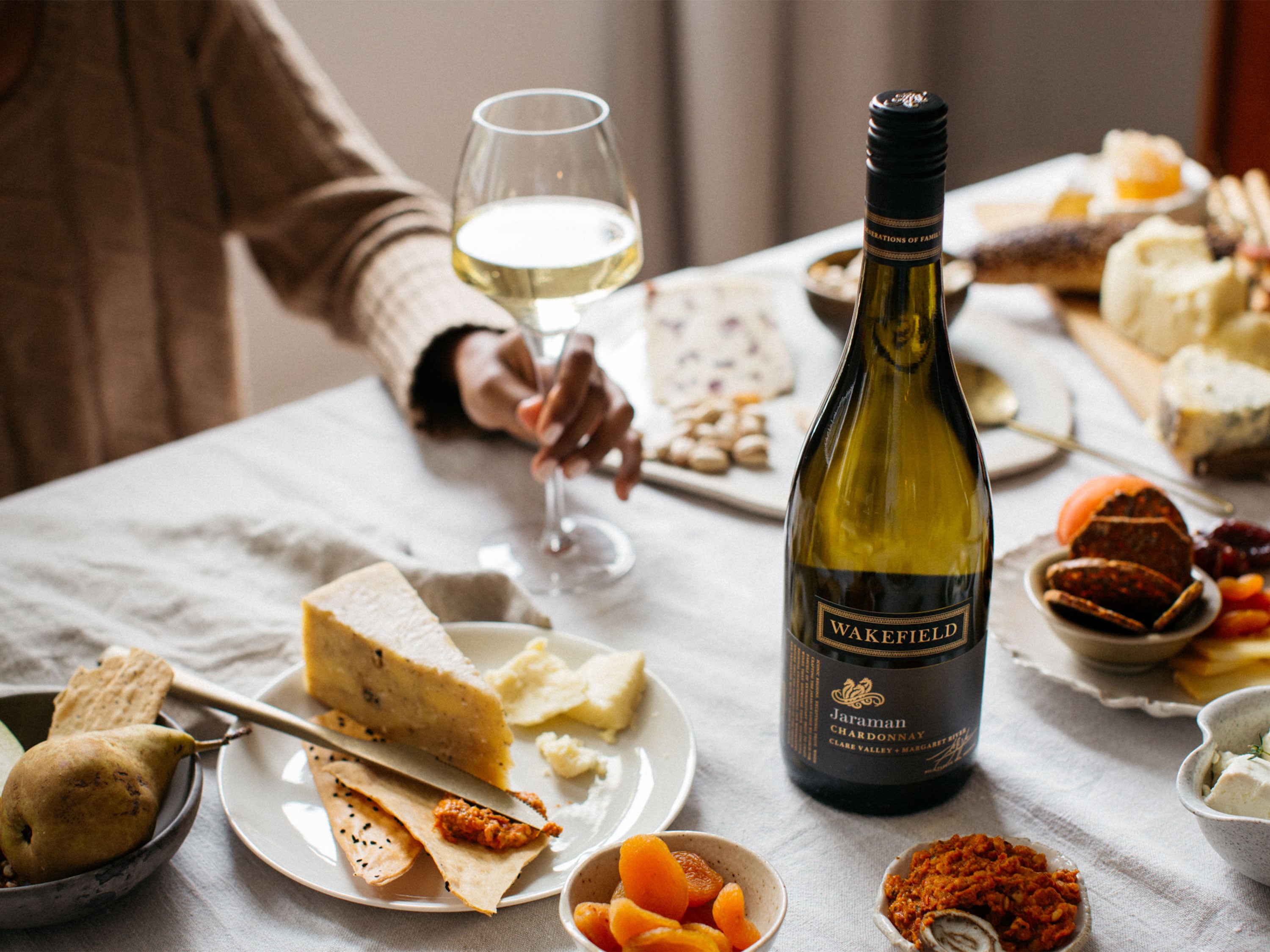by Thomas Carr (ig: @thomasjamescarr)
Like fashion, chardonnay has had a wild ride through the decades. From the big and bold to the lean and fresh, it went from household name to nearly being cancelled in the 90s, but the tide has finally shifted on Australia’s most widely planted white wine variety.
It’s time to set aside your preconceived ideas and reacquaint yourself with chardonnay. You might find a style that’s just right for you.
A short history on chardonnay down under
Australia’s love of chardy kicked off in the 1970s, with early expressions heavily influenced by traditional French techniques, resulting in wines that were rich, buttery, and often quite oaky. As the 80s rolled in, chardonnay’s big bodacious reputation seemed to mirror a cultural shift towards all things…big, loud and audacious. Big shoulder pads, big hair, high waistlines and eye-watering colours and patterns were all the rage, so it’s no surprise our preference for wines with big personalities prevailed. Chardonnay had it all, it was sunshine in a bottle.
However, as the global wine industry evolved, so too did the palates of wine drinkers. The late 90s and early noughties saw a shift towards more subtle, less oaked styles. Australian winemakers began to focus on the grape's natural characteristics, by taking a more hands-off approach, allowing the fruit and terroir to do the talking. This led to a more diverse range of styles, from the lean and mineral-driven to the rich and creamy, cementing our much-loved chardy as a mainstay in Aussie households.
Today, Australian chardonnay is celebrated for its versatility and balance. Long gone are those brightly yellow, heavily oaked and excessively buttery drops once synonymous with the variety. Winemakers are focused on fruit expression, producing delicate wines that reflect the terroir from which they’re grown. While demand for leaner, racier, more vibrant expressions has led to the rise of stainless steel fermentation, techniques such as lees contact, malolactic fermentation and oak are still employed, they’re simply used in balance, providing the depth and complexity that have transformed chardonnay as we know it.
Styles and versatility
The chameleon of wines, chardonnay’s ability to take on different styles means it can be oaked or unoaked, full-bodied or light and zesty. This adaptability makes it the perfect all-year-rounder.
Chardonnay styles differ across Australia due to the diverse climates and terroirs across the regions, so depending on where you’re pulling your wine from will dictate the style you’re likely to get.
In cooler climates, you’ll encounter wines that tend to be more elegant, with crisp acidity and flavours of green apple, citrus, and stone fruit. These wines tend to have a leaner, more mineral-driven profile compared to those from warmer climates, which tend to be richer and fuller-bodied with ripe tropical fruit flavours like pineapple, yellow peach and mango.
Our home in the Clare Valley, South Australia, is unique due to its combination of geography, elevation, and temperature variations. Firstly, its higher elevation favours cooler temperatures during the growing season, which offers up this gorgeous acidity you’ll find across their range. The region has a Mediterranean-esque climate, with warm, dry summers and mild, wet winters, which reduces the risk of disease and provides a long, even growing season. As for the terroir, which is what winemakers focus on expressing these days, the Clare has a range of soil types, including terra rossa, limestone, and slate, which is where those complex, mineral qualities come from.
Food for thought
Chardonnay is a food wine, you just need to be mindful of what you’re pairing it with. Firstly, avoid highly seasoned foods or dishes packed with spice, as these can overpower the delicate flavours of the wine. So, if you’re cooking Vietnamese, Thai or Chinese for dinner, opt for a different variety. Bitter foods are worth avoiding too as they can clash with the wine’s profile, making it taste sour and unpleasant. Same goes for highly acidic foods, such as raw tomatoes, vinaigrettes, capers or ceviche, that tend to squash the wine’s nuances.
If you’ve got a young, unoaked, cool climate drop, opt for a delicate meaty white fish, or perhaps an appetiser of prawn, chicken or even seasonal veggies. Oysters are always a good idea, too.
As we move toward more medium-bodied, lightly-oaked styles, consider slightly richer dishes, where a little freshness is still required. Say a simple poached fish in a creamy sauce, fettuccine Alfredo, roasted vegetables such as butternut squash or sweet potato, and silky risottos made with ingredients such as mushroom or asparagus. The wine’s subtle oak notes will add depth, its bright acidity will balance richness, and its fruit characters will complement the natural sweetness of your dishes.
As for those big, buttery, oaky styles that are very much making a resurgence, think pure indulgence. They’ll be able to stand up to dishes such as lobster thermidor or white truffle risotto, if you’re feeling particularly bougie, foie gras, veal scallopini with mushroom sauce or steak béarnaise. Effectively any dish that can match the rich, bold flavours of the wine, without overpowering its delicate nature. The creaminess of this style of wine enhances that very attribute in your dishes, while its natural acidity will help create balance by gently cutting through the richness of the dish. For a hallmark chardonnay with plenty of flavour concentration and power, look to our St Andrews Chardonnay. This incredibly elegant wine is crafted from fruit from our St Andrews vineyards and showcases all the classic characters of Australian chardonnay.
The perfect winter white
When we think of winter wines, red often comes to mind first. There’s something inexplicably comforting about a glass of full-bodied shiraz, a fireplace and carb-laden meal. But what about our whites, do we really need to banish them to the back of the cupboard the moment the weather cools? Well, it depends on the white. Enter chardonnay, the white wine for red wine drinkers. The beauty of chardonnay lies in its versatility and while there are styles perfect for summer, there are those that shine in winter, it’s all in how you choose and serve them.
Look for richer, more textural styles that have seen time in oak, and sport flavours of ripened stone fruit, nut and spice, like our Jaraman Chardonnay, which also features a unique fusion of Clare Valley and Adelaide Hills fruit. Wines with this level of texture and body will be able to stand up to the heartier comfort foods you tend to gravitate towards in cooler months.
How to serve and enjoy your chardonnay
This part is very important! As a general rule, once you pull your chardonnay from the fridge, leave it out! As it warms up slightly, its aromas and flavours will evolve and you’ll get so much more out of the wine. Serving chardonnay too cold can mute its flavour, inhibiting the release of aromas on the nose and flavours on the palate, making it difficult to appreciate its complexity and nuances.
Ideally, chardonnay should be served around 9-13°C, depending on personal preference and the specific style of the wine. After 20 minutes out of the fridge it will generally hit this sweet spot! To take the guesswork out of getting the temperature right, just check the back labels of our Estate Label Chardonnay. The thermochromatic temperature sensor on the back changes colour with the temperature of the bottle, so you will know when it’s just right to serve and enjoy.
Read more
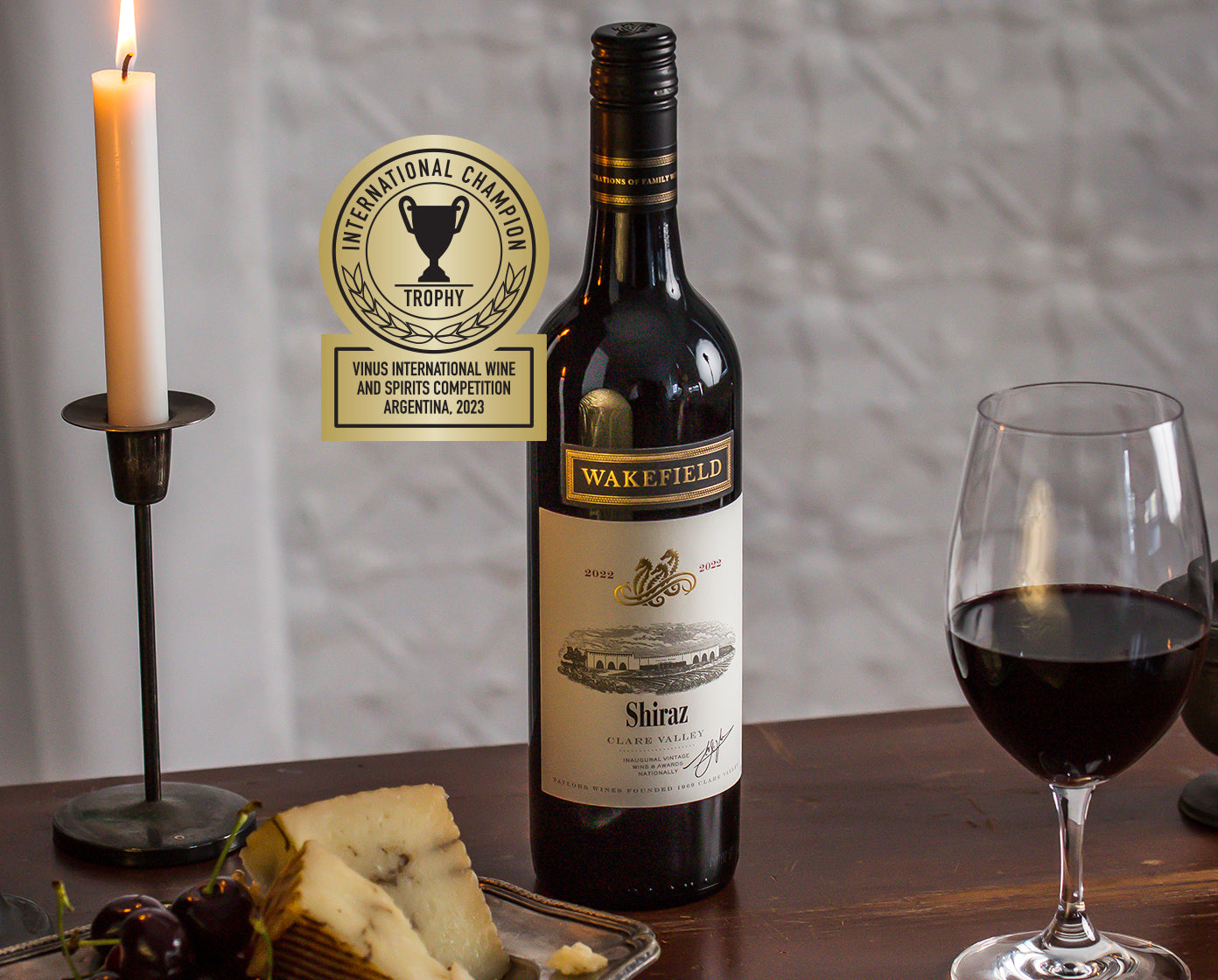
We are celebrating a huge accomplishment after achieving a 100-point rating and receiving the ‘International Champion’ trophy for our Wakefield Heritage Label Shiraz 2022 at the 20th annual VINUS I...
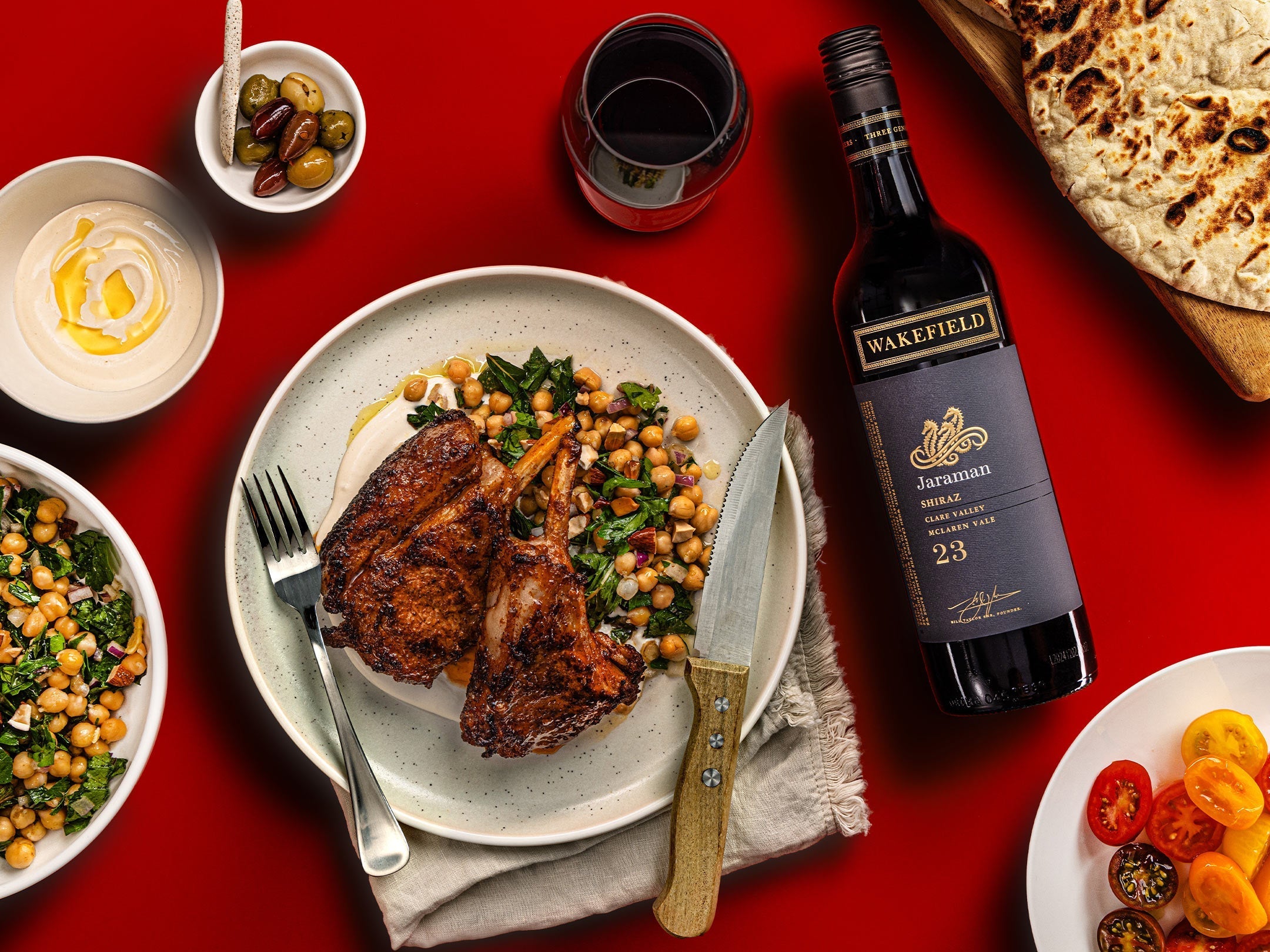
This dish is all about balance – smoky, spiced lamb picks up on the oak and subtle clove notes in the Jaraman Shiraz, while the harissa adds just enough heat to complement the wine’s rich, w...
